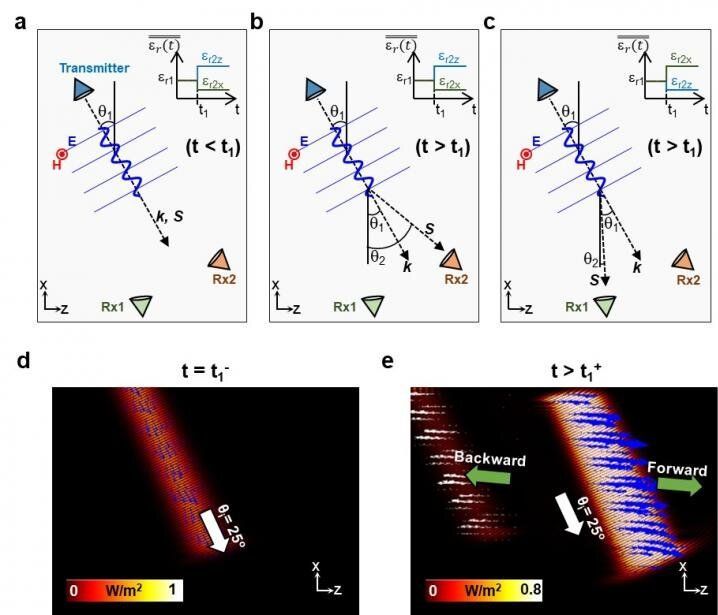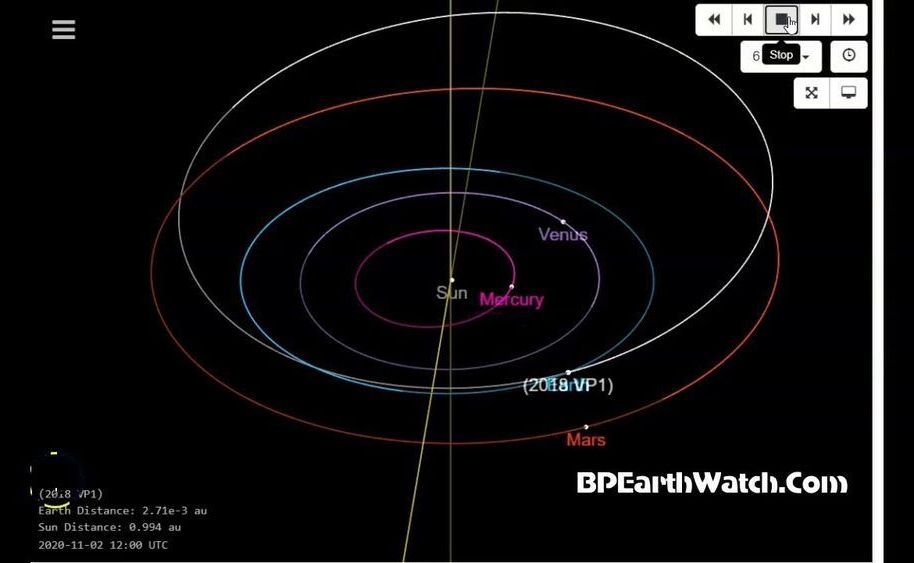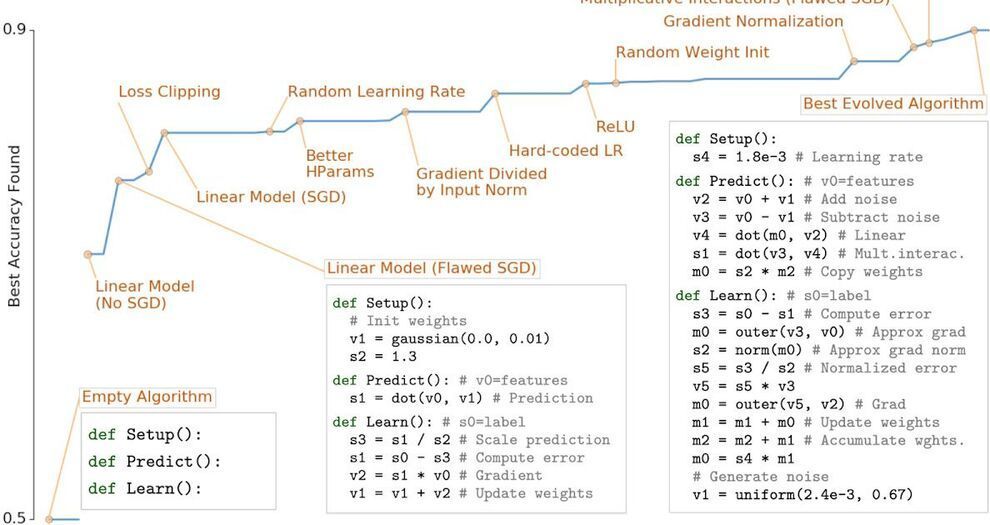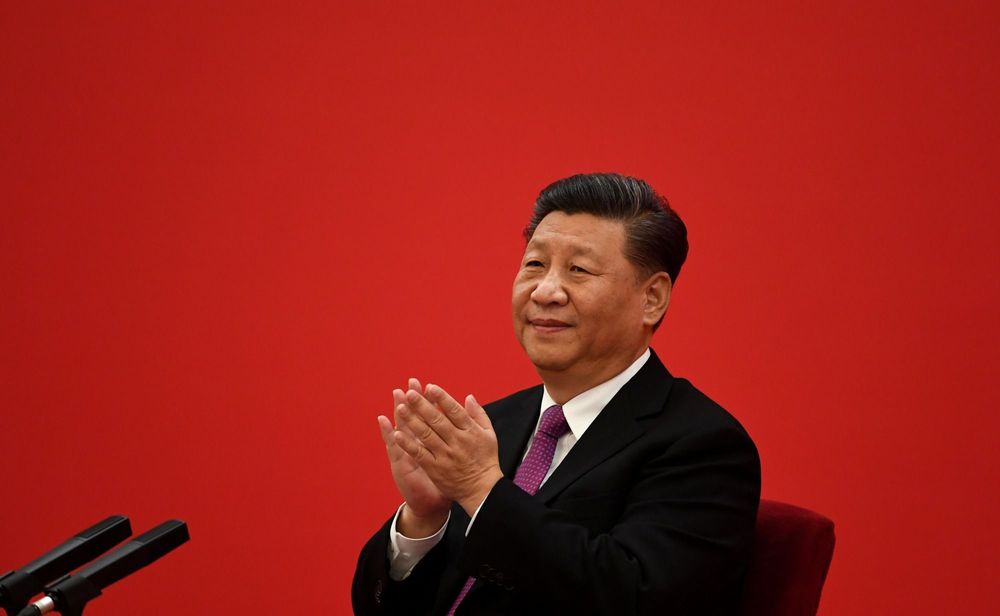A transformative experiment is yielding fresh insights 40 years after the effect’s discovery — and energizing transdisciplinary collaborations.



There have been many landmarks in the history of artificial intelligence, from the formulation of the mathematical theory that inspired neural networks back in 1943, to IBM’s famous Watson AI beating two champion Jeopardy! contestants in 2011 to win a million dollar prize.
Future historians may look back at 2020 as a similarly important checkpoint on the road to AI dominance. Why? Because YouTuber Funk Turkey has created a new Led Zeppelin song using the power of AI.

An international team led by researchers at Princeton University has uncovered a new class of magnet that exhibits novel quantum effects that extend to room temperature.
The researchers discovered a quantized topological phase in a pristine magnet. Their findings provide insights into a 30-year-old theory of how electrons spontaneously quantize and demonstrate a proof-of-principle method to discover new topological magnets. Quantum magnets are promising platforms for dissipationless current, high storage capacity and future green technologies. The study was published in the journal Nature this week.
The discovery’s roots lie in the workings of the quantum Hall effect- a form of topological effect which was the subject of the Nobel Prize in Physics in 1985. This was the first time that a branch of theoretical mathematics, called topology, would start to fundamentally change how we describe and classify matter that makes up the world around us. Ever since, topological phases have been intensely studied in science and engineering. Many new classes of quantum materials with topological electronic structures have been found, including topological insulators and Weyl semimetals. However, while some of the most exciting theoretical ideas require magnetism, most materials explored have been nonmagnetic and show no quantization, leaving many tantalizing possibilities unfulfilled.

Tailoring and manipulating electromagnetic wave propagation has been of great interest within the scientific community for many decades. In this context, wave propagation has been engineered by properly introducing spatial inhomogeneities along the path where the wave is traveling. Antennas and communications systems in general have greatly benefited from this wave-matter control. For instance, if one needs to re-direct the radiated field (information) from an antenna (transmitter) to a desired direction and reach a receiving antenna placed at a different location, one can simply place the former in a translation stage and mechanically steer the propagation of the emitted electromagnetic wave.
Such beam steering techniques have greatly contributed to the spatial aiming of targets in applications such as radars and point-to-point communication systems. Beam steering can also be achieved using metamaterials and metasurfaces by means of spatially controlling the effective electromagnetic parameters of a designed meta-lens antenna system and/or using reconfigurable meta-surfaces. The next question to ask: Could we push the limits of current beam steering applications by controlling electromagnetic properties of media not only in space but also in time (i.e., 4D metamaterials x, y,z, t)? In order words, would it be possible to achieve temporal aiming of electromagnetic waves?
In a new paper published in Light Science & Applications, Victor Pacheco-Peña from the School of Mathematics, Statistics and Physics of Newcastle University in UK and Nader Engheta from and Department of Electrical and Systems Engineering of the University of Pennsylvania, USA have answered this question by proposing the idea of temporal metamaterials that change from an isotropic to an anisotropic permittivity tensor. In this concept, the authors consider a rapid change of the permittivity of the whole medium where the wave is traveling and demonstrated both numerically and analytically the effects of such a temporal boundary caused by the rapid temporal change of permittivity. In so doing, forward and backward waves are produced with wave vector k preserved through the whole process while frequency is changed, depending on the values of the permittivity tensor before and after the temporal change of permittivity.

A video on Youtube claims a forecast of near-Earth objects (NEOs) shows one of these may hit Earth in November.
On November 2, 2020 an object labeled 2018 VP1″ is currently projected to come very close to Earth. The video is a little off on its math. Even so, Mike Murray of the Delta College Planetarium in Bay City, says don’t worry.

The snake bites its tail
Google AI can independently discover AI methods.
Then optimizes them
It Evolves algorithms from scratch—using only basic mathematical operations—rediscovering fundamental ML techniques & showing the potential to discover novel algorithms.
AutoML-Zero: new research that that can rediscover fundamental ML techniques by searching a space of different ways of combining basic mathematical operations. Arxiv: https://arxiv.org/abs/2003.
Machine learning (ML) has seen tremendous successes recently, which were made possible by ML algorithms like deep neural networks that were discovered through years of expert research. The difficulty involved in this research fueled AutoML, a field that aims to automate the design of ML algorithms. So far, AutoML has focused on constructing solutions by combining sophisticated hand-designed components. A typical example is that of neural architecture search, a subfield in which one builds neural networks automatically out of complex layers (e.g., convolutions, batch-norm, and dropout), and the topic of much research.
An alternative approach to using these hand-designed components in AutoML is to search for entire algorithms from scratch. This is challenging because it requires the exploration of vast and sparse search spaces, yet it has great potential benefits — it is not biased toward what we already know and potentially allows for the discovery of new and better ML architectures. By analogy, if one were building a house from scratch, there is more potential for flexibility or improvement than if one was constructing a house using only prefabricated rooms. However, the discovery of such housing designs may be more difficult because there are many more possible ways to combine the bricks and mortar than there are of combining pre-made designs of entire rooms. As such, early research into algorithm learning from scratch focused on one aspect of the algorithm, to reduce the search space and compute required, such as the learning rule, and has not been revisited much since the early 90s. Until now.
Extending our research into evolutionary AutoML, our recent paper, to be published at ICML 2020, demonstrates that it is possible to successfully evolve ML algorithms from scratch. The approach we propose, called AutoML-Zero, starts from empty programs and, using only basic mathematical operations as building blocks, applies evolutionary methods to automatically find the code for complete ML algorithms. Given small image classification problems, our method rediscovered fundamental ML techniques, such as 2-layer neural networks with backpropagation, linear regression and the like, which have been invented by researchers throughout the years. This result demonstrates the plausibility of automatically discovering more novel ML algorithms to address harder problems in the future.

I will post a bunch of links to things people can do at home while under lockdown. This is one of my favorite sites. Feel free to check it out and post from it as well.
Calculus is the key to fully understanding how neural networks function. Go beyond a surface understanding of this mathematics discipline with these free course materials from MIT.

A new study offers a better understanding of the hidden network of underground electrical signals being transmitted from plant to plant – a network that has previously been shown to use the Mycorrhizal fungi in soil as a sort of electrical circuit.
Through a combination of physical experiments and mathematical models based on differential equations, researchers explored how this electrical signalling works, though it’s not clear yet exactly what messages plants might want to transmit to each other.
The work builds on previous experiments by the same team looking at how this subterranean messaging service functions, using electrical stimulation as a way of testing how signals are carried even when plants aren’t in the same soil.

The best way to prevent this is by focusing on the basics. America needs a major all-of-society push to increase the number of U.S. students being trained in both the fundamentals of math and in the more advanced, rigorous, and creative mathematics. Leadership in implementing this effort will have to come from the U.S. government and leading technology companies, and through the funding of ambitious programs. A few ideas come to mind: talent-spotting schemes, the establishment of math centers, and a modern successor to the post-Sputnik National Defense Education Act, which would provide math scholarships to promising students along with guaranteed employment in either public or private enterprises.
Forget about “AI” itself: it’s all about the math, and America is failing to train enough citizens in the right kinds of mathematics to remain dominant.
THE WORLD first took notice of Beijing’s prowess in artificial intelligence (AI) in late 2017, when BBC reporter John Sudworth, hiding in a remote southwestern city, was located by China’s CCTV system in just seven minutes. At the time, it was a shocking demonstration of power. Today, companies like YITU Technology and Megvii, leaders in facial recognition technology, have compressed those seven minutes into mere seconds. What makes those companies so advanced, and what powers not only China’s surveillance state but also its broader economic development, is not simply its AI capability, but rather the math power underlying it.

Could a mathematical model help predict future mutations of the coronavirus and guide scientists’ research as they rush to develop an effective vaccine? This is a possibility being considered by researchers at the USC Viterbi School of Engineering—Ph. D. students Ruochen Yang and Xiongye Xiao and Paul Bogdan, an associate professor of electrical and computer engineering.
Over the past year, Yang and Bogdan have worked to develop a model that could be used to investigate the relationship between a network and its parts to find patterns and make predictions. Now, Xiao is applying that successful model to the current pandemic. He is examining the RNA sequence of SARS-CoV-2, also known as coronavirus, to determine whether accurate predictions can be made about how its genetic code might change in the future based on past mutations. This research is still in progress and no conclusions have been reached yet.
Published in Nature Scientific Reports, a sister journal of Nature, Yang and Bogdan’s work is detailed in their paper, “Controlling the Multifractal Generating Measures of Complex Networks.”